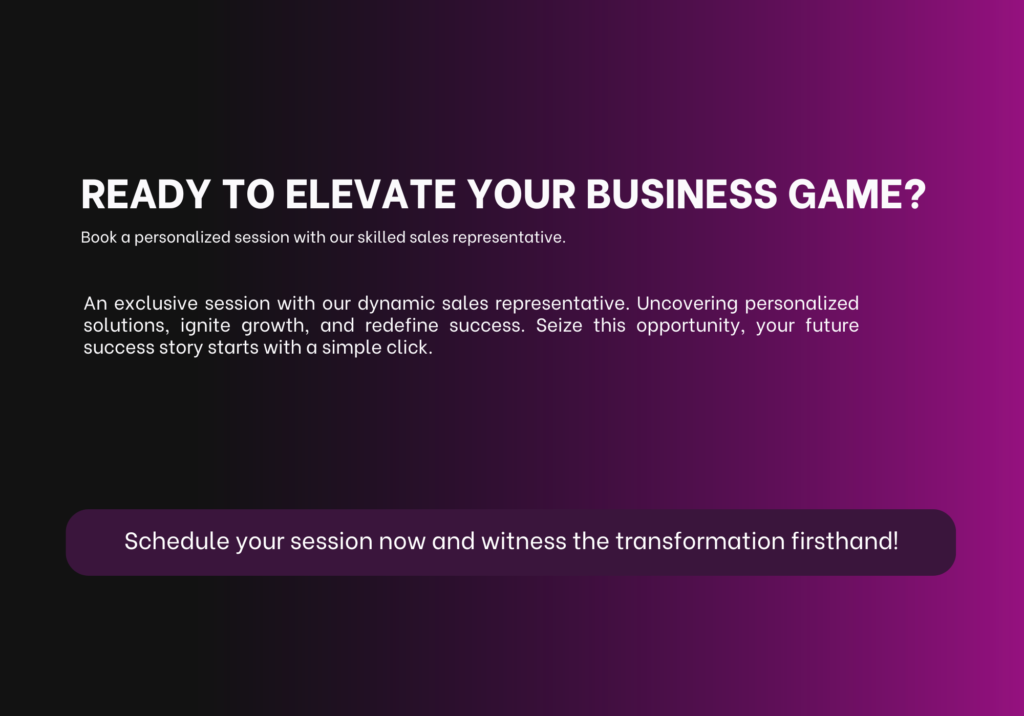Correlative Engaging Content:
Correlatively engaging content refers to creating visually interactive Content that interest the audience and closely correspond with their behaviors or needs, thus making the content feel highly relevant and personalized. This way, it boosts engagement because it align into the natural tendencies of users to engage with material that connects directly with them.
How It Works:
Content that summarize the audience’s preferences and experiences creates a psychological or analytical connection. By using data-oriented insights, brands can personalize the visuals, messages, and campaigns to match specific interests or trends. Users who feel that content is “for them” are more likely to interact, share, and convert.
Examples:
Polls & Quizzes: Visually interactive polls or quizzes that let users discover about themselves related to a brand that contribute to creating a sense of participation and relevance.
Personalized Product Suggestions: Using computerized data to create visuals that adjust based on a user’s browsing history or preferences, offering customized recommendations to create something that visually resonates.
Targeted Visual Campaigns: Ads, posts, and video campaigns that align with local events, trends, or community-specific concerns make the audience feel seen and understood.

Data-Centric Visual Storytelling:
Visual storytelling is a method of presenting data in a narrative format, combining data visualization, context, and narrative techniques to create an engaging story. The goal is to transform raw data into a form that interests the audience, making the content more understandable and gripping. Here’s how it works:
Key Components of Data-Centric Visual Storytelling:
Data:
The core of this approach must be reliable, meaningful data. It could be anything from generic trends, financial trends, demographic statistics, or environmental changes.
Data should be well-researched and accurate to ensure integrity.
Visualizations:
Data visualization involves charts, graphs, maps, and other visual tools that help convey complex information quickly and effectively. For example, it is mostly used in video format for tutorial videos, webinars, and educational modules.
– Different visual formats are selected based on the type of data and the story being told.
Narrative:
A narrative provides the framework for how the data is presented, giving it context and meaning as to how the data or story should be portrayed. Which includes the expression for the context.
Storytelling creates a logical flow, linking the data points to a bigger message. The narrative should highlight key insights, trends, and takeaways from the data.
Design and Aesthetics:
Effective use of colors, fonts, and layouts enhances the readability of the data. Which interests the audiences at a particular level where they want to understand the purpose and context of the video.
A good design ensures that the data doesn’t overwhelm the audience but instead guides them through the story.
Context:
Data on its own can be dry or confusing without proper context. Providing background, such as the reasons behind certain trends or patterns, makes the data more relatable.
Context also helps the audience understand the implications of the data.
Audience-Centric Approach:
Knowing the target audience is essential in choosing the level of complexity and the type of visualization.
For a general audience, the storytelling may focus on simplicity and key takeaways, while for expert audiences, more detailed data and sophisticated visualizations may be appropriate.
Transitory Content & Short Visuals:
Transitory content and Short visuals are increasingly popular in visual marketing techniques, especially in digital and social media contexts. They focus on delivering quick, engaging, and easily absorbable information. Creating a sense of how they fit into the broader objective of content creation.
Transitory Content:
– Definition: Content designed to be gripped quickly and often disappears after a short time (e.g., 24 hours in the case of Instagram Stories, Facebook stories or Snapchat).
Examples: social media stories, time-limited posts, momentary videos, or event updates.
– Purpose:
Encourage immediate engagement and interaction.
Instill a feeling of exclusivity or urgency.
Modify to the speedy nature of digital media consumption, where users prefer quick, frequent updates over longer, more lasting content.
– Benefits:
Drives user attention and real-time engagement.
Less pressure for high production quality as the content is temporary.
Ideal for behind-the-scenes content, real-time updates, or limited offers.
Short Visuals:
Definition: Short, visually-driven content that communicates a message in a matter of seconds or a minute, often used in formats such as video clips, GIFs, or brief animations.
Examples: TikTok’s, Instagram reels, YouTube shorts, animated infographics, or micro-videos.
Purpose:
Capture attention quickly, especially for audiences with shorter attention spans.
Deliver a clear, brief message, often within a few seconds.
Ideal for mobile viewing, social sharing, and viral marketing.
Benefits:
Higher engagement due to briefness and visual appeal.
Quick to produce and more adaptable for social media platforms.
Allows brands to share bite-sized content that maintains viewer interest.
Why They Matter:
Mobile Responsive World: As mobile usage dominates, transition content and short visuals are perfectly suited for smaller screens and on-the-go use.
Engagement: Both formats encourage frequent interaction, replay factor, and shareability, making them valuable for maintaining audience engagement.
Storytelling: While brief, these formats still allow for Creative Visual Storytelling, Transitory Videos using imagery and minimal text to bring forth the emotions or deliver key messages efficiently.

